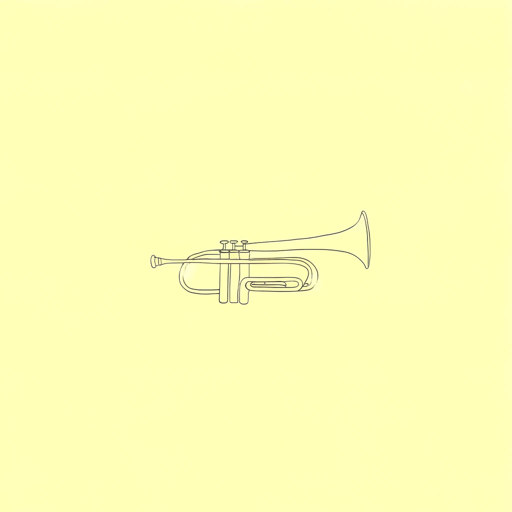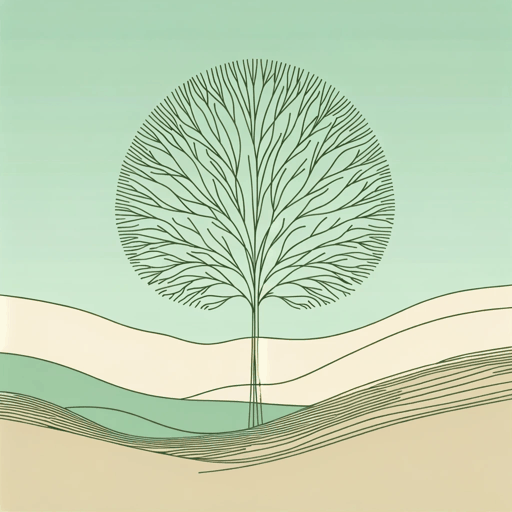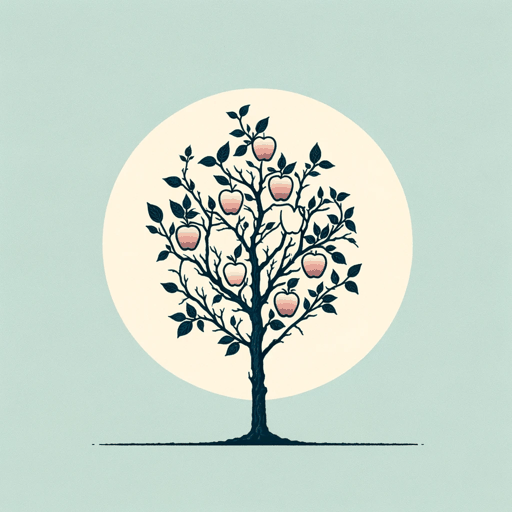17 pages • 34 minutes read
Claude McKayTo One Coming North
Fiction | Poem | Adult | Published in 1922A modern alternative to SparkNotes and CliffsNotes, SuperSummary offers high-quality Study Guides with detailed chapter summaries and analysis of major themes, characters, and more.
Summary and Study Guide
Overview
Jamaican-born Claude McKay was one of the early and key figures of the literary and cultural movement known as the Harlem Renaissance. The poet and writer was a pioneer in writing Black experiences as an act of resistance.
McKay was both a prolific novelist and poet, and his novel Home to Harlem (1928) was one of the most popular novels by a Black American in the period. In his poetry, McKay used traditional European forms, such as the sonnet and the ballad, as well as Jamaican English dialect to express Black identity. Unlike the later poets of the Harlem Renaissance, such as Gwendolyn Brookes, McKay’s poems attend to the constraints of traditional poetic form. They are still, however, subversive because they adapt European forms to Black and Afrocentric perspectives.
“To One Coming North” is from Harlem Shadows (1922), McKay’s third book of poems. Structured as four regularly rhymed four-line stanzas, it is an early poem of the Harlem Renaissance movement, and like most poems in Harlem Shadows, it deals with the complex relationship between the poet and his home country of Jamaica, and Black Americans and the American South. The poem uses evocative, figurative language and allegorical conventions to capture the bittersweet experience of migration. Though not as well-known as McKay’s more revolutionary poems, such as “If We Must Die,” “To One Coming North” is still notable for its keen understanding of the emotional reality of the experience of diaspora. Its themes of migration and acceptance of new homelands are universal and prescient, given the Great Migration of Black Americans in the 20th century.
Poet Biography
Festus Claudius (Claude) McKay was born in Sunny Ville in Jamaica in 1889 to farmer parents. McKay was interested in the realities of peasant life as well as English literature from an early age. Two prominent influences on McKay’s career were his older brother Uriah Theophilus McKay, a schoolteacher, who encouraged his interest in literature and writing, and an Englishman, Walter Jekyll, who taught McKay British poetry. McKay started writing poetry in Jamaican English on McKay’s advice.
When he was seventeen and living in Kingston, McKay had his first prolonged experience of racism. The Sunny Ville of his childhood had been mostly Black, but his new home, the Jamaican capital of Kingston, was dominated by white people who looked down upon Blacks. The racism he encountered in Kingston made McKay deeply aware of the pernicious reality of racial discrimination. He began to understand the importance of a political ideology which supported the rights of Blacks, peasants, workers, and the dispossessed.
Based on his experiences in Kingston and his celebration of his African and Jamaican Black identity, McKay wrote and published the verse collections Songs of Jamaica and Constab Ballads in in 1912. Unlike the poems he published later in America, he wrote the poems of these collections in Jamaican English. Using money from an award he received for Songs of Jamaica, McKay travelled to the United States for the first time in 1912. Soon, he enrolled in the Tuskegee Institute at Alabama before transferring to Kansas State College. However, McKay did not finish college; instead, he moved to New York City in 1914, where he supported himself through odd jobs. In New York, McKay continued to observe deeply entrenched racism, this time in American society, and write radical poetry. He published many of them in the revolutionary magazine The Liberator, and McKay’s inspirational poems encouraged Black people to fight against racism, rather than endure in silence.
As his fame grew, McKay travelled to Europe for various social causes, before returning to the US in 1921 and publishing Harlem Shadows. By now, he was recognized as a pioneer of the growing Harlem Renaissance movement, a literary and arts movement that asserted Black identity, experiences, and art forms. The movement drew its name from New York’s Harlem district, home to many Black poets, artists, and musicians; however, the movement was by no means confined to Harlem. Apart from championing Black rights, McKay also stood for the rights of workers thanks to his socialist leanings. McKay’s focus now shifted from poetry to novels, to capture better Black experiences and narratives. In 1928, he published Home to Harlem, his best-known and most popular novel. He also published other works of fiction, such as the novel Banana Bottom (1933) and a short story collection. Home to Harlem was a huge commercial success but was panned by many Black writers for focusing on the unseemly side of Black life in Harlem. However, for McKay, the idea was to present the real, complex lives of Black people, rather than simplify their experiences. His works also celebrated the bonds between men, reflecting his own lifelong relationships. Although he never formally spoke of his sexuality, many biographers now recognize McKay as an early gay icon.
Over the 1930s and 1940s, McKay continued to travel to Europe and Russia, where he advocated the rights of workers and minorities. However, his health began to fail as he developed frequent respiratory infections. He also battled continuing poverty, and often worked odd jobs, such as being an artist’s model, to support himself. In the late 1930s, McKay became affiliated with the Catholic religion. Soon he moved to Chicago, where he worked as a teacher for a Catholic organization to support himself. He continued to write novels, stories, and essays through this period, even though his health was declining. Following a series of illnesses, Claude McKay died of heart failure in 1948.
After a brief period of obscurity following his death, McKay is now widely recognized as one of the most important early figures of the Harlem Renaissance. His work is celebrated not just for its themes of Black Pride, but also its universal sympathy for workers, minorities, and the oppressed.
Poem Text
McKay, Claude. “To One Coming North.” 1922. Academy of American Poets.
Summary
The poem is structured as a direct address, with an unnamed speaker telling their audience – southern migrants who are travelling north in search for a better life – that they will have a mixed emotional reaction their new homeland. Here, the migration refers both to the speaker’s migration from Caribbean Jamaica to the northern United States, as well as the migration north of American Black southerners fleeing racial discrimination and violence.
The speaker imagines their audience arriving at a northern city in the dead of a snow-clad winter. The audience is often referred to as “you,” creating an intimacy between speaker and listener. The “you” the speaker addresses is also their own migrant self. To the new arrivals unfamiliar with bracing, snowy winters, the falling snow will seem magical at first, its flakes as delicate as the “white moths” (Line 2) that dance in the air of their warmer homelands. The speaker compares the beauty of the snow to a waterfall descending a glittering staircase.
Yet, the speaker tells the migrants, their awe at this winter wonderland will soon give way to despair. As the euphoria of their finished journey wears off, the new landscape will start to appear dangerous to them. After the magical fall of snow, the roads of their new northern home will be covered in ice and sleet. Now, the newcomers will feel the raw bite of the unfamiliar weather and the alienation of their new surroundings. Sometimes, occasional sunlight will melt the chilly patches, but the thaw will only serve to remind the migrants of the warm lands left behind. Like the speaker, they too will long for the southern sun, where the air is lush with the cries of birds. Now the north will appear to them like a wind-rattled void, and the newcomers will reminisce about the clear blue sky, grasslands, and tree-lined wide lanes of their homeland.
As the speaker concludes the poem, the speaker reminds the newcomers not to lose heart. The south they’ve left behind is beautiful and warm but “changeless” (Line 13). It only enjoys a similar kind of weather, year-round. On the other hand, the winter of the north, though harsh, will pass and give way to the spring. In springtime, the north will be transformed, turned golden and warm by the life-giving sun. Finally, the newcomers will feel at home, with the entire Northland itself seeming to smile at them in welcome.
Related Titles
By Claude McKay

America
Claude McKay

Home To Harlem
Claude McKay

If We Must Die
Claude McKay

Joy in the Woods
Claude McKay

The Harlem Dancer
Claude McKay

The Lynching
Claude McKay

The Tropics in New York
Claude McKay

The White House
Claude McKay

When Dawn Comes to the City
Claude McKay

